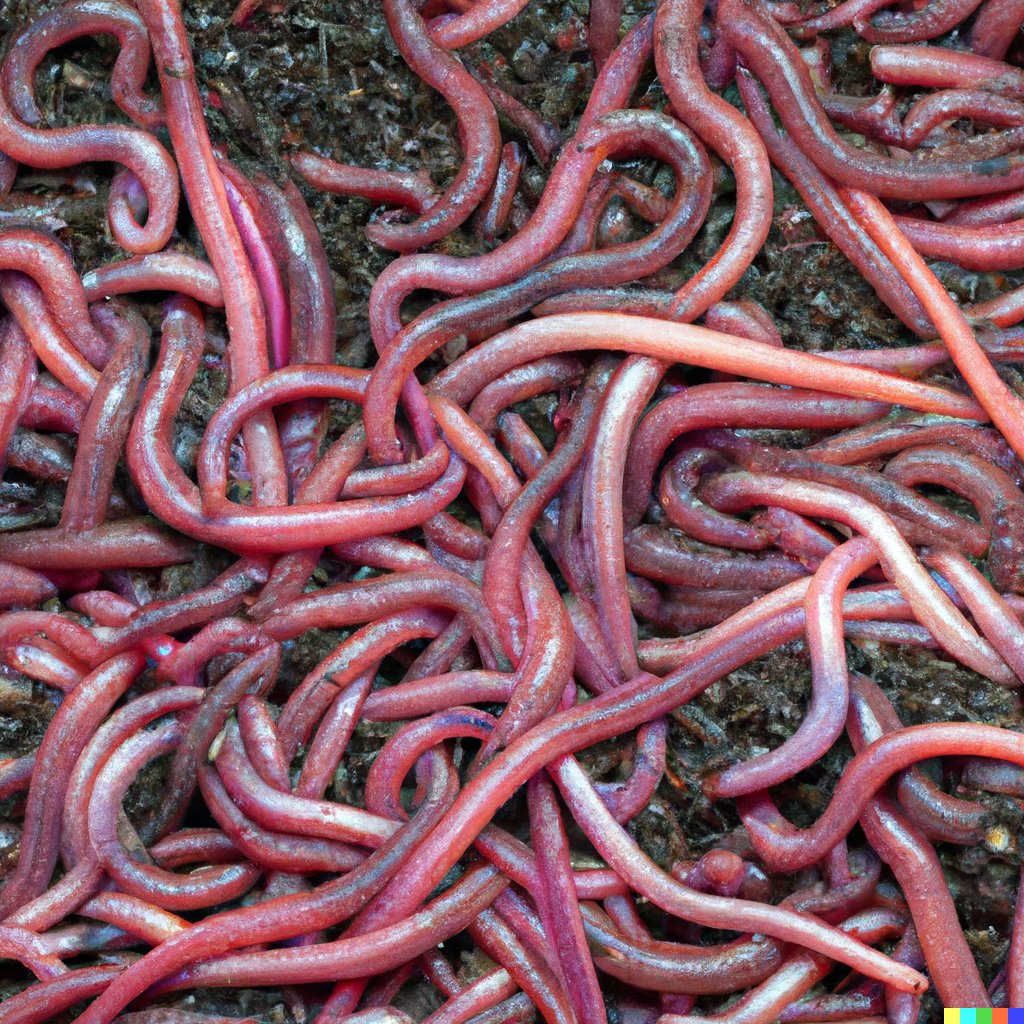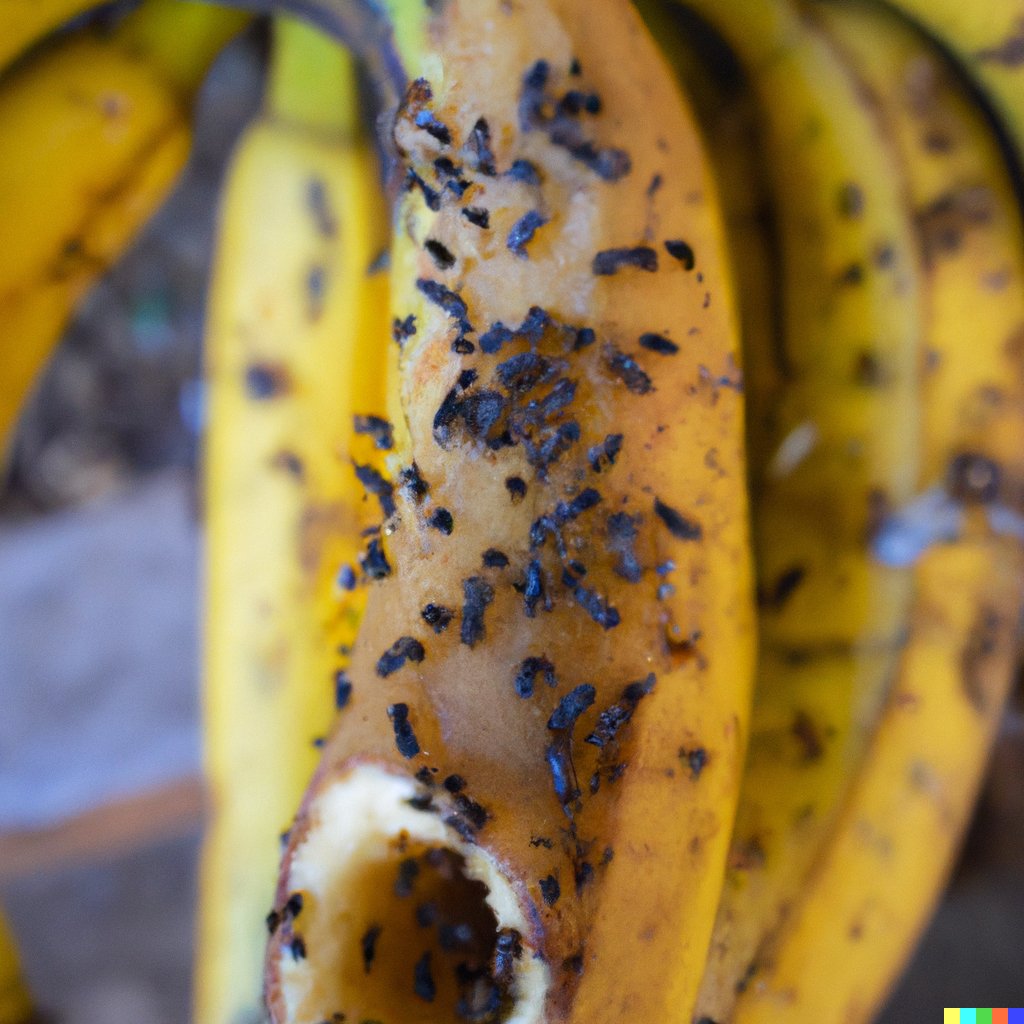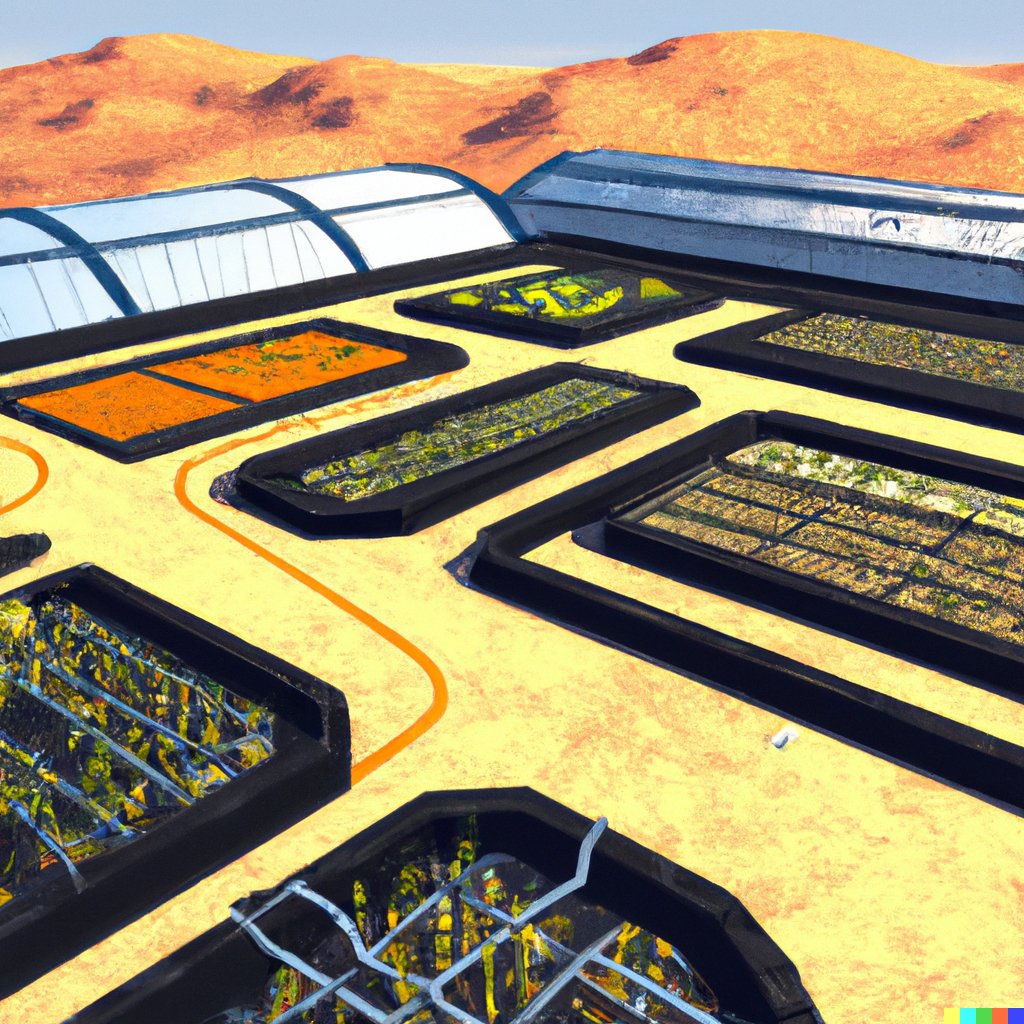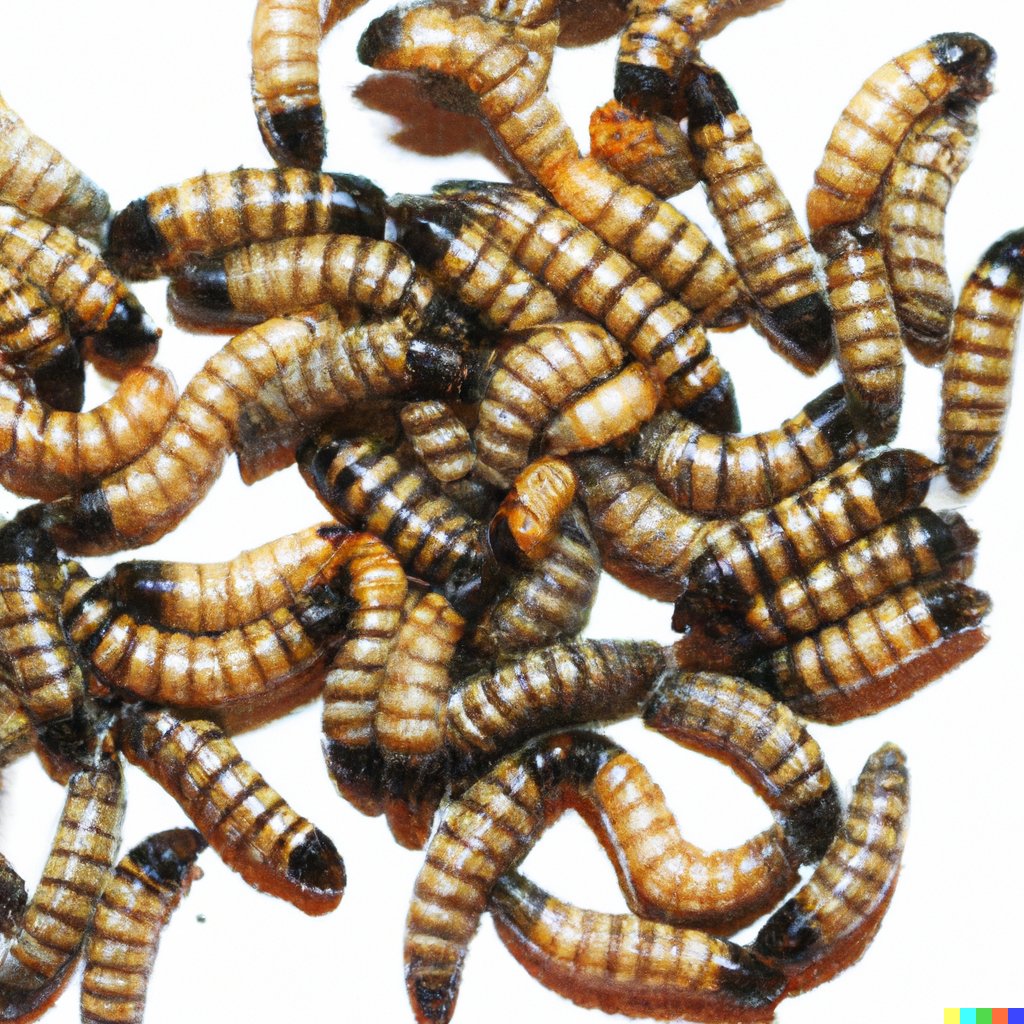
Welcome to the paradigm shift of reducing food waste and reimagining food systems. As we face growing concerns over food waste and its impact on the environment and global food insecurity, it is crucial for us to rethink and change our current practices. Let's explore how you can be a part of the solution.
Introduction to Sustainable Food Systems
Sustainable food systems are a spark for change, transforming homes by giving individuals the power to cultivate their own food. This approach embraces sustainability and values the global effects of local actions. Social innovation is vital in food systems, allowing consumers to become the preeminent producers in the chain. Through testing and adjustment, we can cut down food waste and reshape our present systems for a more sustainable future.
In sustainable food systems, individuals take charge of their eating habits by growing at home. This practice transforms houses into mini-farms, raising fresh produce and reducing dependence on industrial farming. Sustainability becomes a fundamental value that drives these efforts, aiming to minimize environmental impact while maximizing nutritional value.
Social innovation is an important but often overlooked detail when it comes to this paradigm shift. Social innovation refers to inventive strategies that address social issues through integrated solutions and distinct methods. By stimulating social innovation in our food systems, we can face challenges like resource scarcity and unequal distribution. This equips us with new tools to craft feasible alternatives and enhance our overall relationship with food.
A motivating example comes from a small village that adopted social innovation into their local food system. By forming community gardens and swapping resources, they created a welcoming environment where everyone could contribute and enjoy fresh produce. Not only did this effort diminish their ecological footprint, but it also reinforced relationships among neighbors, bringing about a feeling of unity and communal responsibility towards sustainable living habits.
Horizon Scanning in Identifying Emerging Issues
Horizon Scanning to Identify Emerging Issues brings up some key trends. In 2020, there was an increased demand for local and organic products. In 2021, the adoption of blockchain technology in supply chain management was seen. Social innovations, such as community-led agricultural initiatives, rose in 2022.
These findings help us understand emerging issues and potential solutions for a sustainable food system. We should use social innovations and tech advancements to speed up changes in our food systems.
In 2017, an international research project was done to assess future challenges and opportunities regarding food waste reduction. It highlighted the significance of proactive planning and cross-sector collaboration to effectively tackle emerging issues. Reducing food waste is beneficial for the planet and our health.
Food as a Central Element in Sustainability
Food is vital for sustainability. It supports ecosystem health, social welfare, public health, and job growth. Plus, knowing where food comes from is beneficial for mental health.
Way more complex than food systems? That'd be ordering food online!
The Complexity of Food Systems
Food Systems and Their Intricacies
Food systems are intricate networks that involve production, processing, distribution, and consumption of food. These have impacts on health, environment, economics, and social well-being. They also generate both positives and negatives, such as use of pesticides, herbicides, and fungicides in agriculture. Plus, reliance on fossil fuels for transportation and processing. And the rise of GMOs, plus the prevalence of "greenwashing" organic products.
To tackle these challenges, initiatives like the European Green Deal aim to transform how we produce and consume food. This includes the Farm to Fork Strategy with EU targets to reduce food waste and improve environmental sustainability.
Table: The Complexity of Food Systems
|
Aspect |
Description |
|
Production |
Growing crops and raising livestock |
|
Processing |
Transforming raw materials into edible products |
|
Distribution |
Transporting from farm to market |
|
Consumption |
Selecting and consuming food |
Addressing Food Systems Holistically
It's important to recognize each element's interconnectedness to holistically address food systems. By adopting sustainable practices at every stage, we can foster a more resilient system that mitigates environmental damage and ensures access to nutritious food for all.
Did you know?
A report by World Resources Institute (WRI) states that one-third of all food produced globally goes uneaten each year. This wastage not only squanders valuable resources but also contributes significantly to greenhouse gas emissions. Source: World Resources Institute (WRI).
Innovation: Let's change the world instead of eating 5-day-old leftovers and calling it 'recycling'!
Innovation as a Driver for Systemic Change
Innovation can spark transformational change in systems, leading to social, economic, and environmental sustainability. By embracing the latest advances, we can develop new solutions that revolutionize the current norms. By leveraging innovation, our food systems can become more efficient and less wasteful.
Through creative approaches, we can rethink food systems and address their issues. Streamlining processes and technologies boosts governance and access while cutting waste. Smart packaging and blockchain tech can also improve traceability and quality.
But we must not forget the human factor in innovation. Providing the next generation with the skills to drive systemic change is key. We need to boost entrepreneurship and education so people can contribute to sustainable practices in their communities.
Action is needed at all levels to make a real transformation. Governments need to support innovative initiatives with supportive policies. Companies should adopt models that prioritize convenience and sustainability. Consumers must be taught about reducing food waste and adopting sustainable habits.
For social equity, economic success, and environmental resilience, innovation must drive systemic change in food systems. Let's seize this chance to create a future where sustainability is the norm - because it's too great an opportunity to miss.
The Concept of Social Innovation
Social Innovation: Transforming Food Systems
Social innovation means creating new ideas to sort social woes, improve public services, and make sustainability happen. We can see this in food systems, like automated aquaponics, vertical gardens, and hydroponics. These solutions work to perfect food supply chains, do urban farming, and get more plant-based nutrition.
Recently, folks are realizing how vital it is to cut food waste and rethink food systems. Social innovation is the key to tackling these issues and uncertainties. We can use advanced tech like web mining, machine learning, and human evaluation in horizon scanning projects to find solutions accurately.
By using social innovation in food systems, we can make a real impact on the environment, people, and economy. But, we must be aware of the risks that come with implementing these ideas. So, it's important to measure the effectiveness and make changes if needed.
For a healthy future, we need to take part in social innovation. Let's not miss the chance to change our food systems with collaborative efforts and brave steps. We can build a world where sustainable practices and efficient resource management are part of our everyday lives. Embrace social innovation now for a better future.
Emerging Issues in Food System Transformation
Transforming food systems is a challenge that requires an understanding of emerging trends. We can make solutions for a more efficient and resilient system by recognizing and tackling these issues.
Below is a list of the key issues to consider:
- Agroecology: Sustainable farming practices that promote biodiversity, soil health, and ecosystem services.
- Alternative Nutrient Management: Optimizing nutrient usage while minimizing environmental impacts.
- Urban Farming: Cultivating fresh produce in urban spaces for local food security.
- Alternative Proteins: Plant-based and cultured meat alternatives to replace traditional animal agriculture.
- Automated Growing at Home: Self-sufficiency and reduced waste with home-based automated growing systems.
We need specific strategies to tackle these issues. Agroecology can help farmers be more sustainable, and alternative nutrient management can help optimize resources. Urban farming is a great way to boost local food security, and alternative proteins can reduce the environmental impact of livestock. Additionally, automated growing at home may take time initially, but it has long-term benefits like lower transportation costs and fresher produce.
These suggestions can help us reimagine our food systems, reducing food waste and making them more sustainable, efficient, and resilient.
Introduction to Protein Feed Shortage
Protein Feed Shortage: Meeting Global Demand.
A growing global population needs to be sustained. But, protein-rich feed such as soybean meal and fish meal is scarce.
This is a challenge for the agriculture industry. Alternative sources must be found to bridge this gap and ensure food security.
We must explore solutions that can provide protein feed for livestock. Diversify feed sources and use innovative technologies. This will mitigate the protein feed shortage while protecting the environment.
Investment in research and development is key to finding new protein feed alternatives. Reduce dependence on traditional sources like soybean meal and fish meal.
Pro Tip: Black Soldier Fly Larvae are a great protein snack! Plus, they reduce food waste.
Black Soldier Fly Larvae (BSFL) as Protein Source
Research suggests that black soldier fly larvae (BSFL) can be a valuable source of proteins and nutrients. They are packed with fatty acids, proteins, and minerals, making them a great alternative protein source.
A table provides an overview of their composition – columns for fatty acids, proteins, and minerals. Studies indicate that BSFL contain omega-3 and omega-6 fatty acids, which can contribute to improved heart health. Plus, their amino acid profile is comparable to traditional proteins like meat and fish.
To integrate BSFL into food systems, several suggestions can be made. Firstly, using them in animal feed can enhance nutrition without relying on traditional sources. Secondly, informing people about their sustainability and nutritional benefits can encourage consumption.
By following these suggestions, we can reduce reliance on conventional proteins and address food waste issues. This shift could lead to a healthier, more eco-friendly future.
|
Fatty Acids |
Proteins |
Minerals |
Benefits of BSFL in Animal Feed
BSFL has remarkable advantages in animal nutrition. Such as:
- Enhanced growth performance
- Improved meat quality
- Boosted immunity
- Reduced environmental impact
- Diversified feed options
- Promotion of circular food systems
BSFL powder supports the overall health and development of monogastric animals. It can reduce waste, enhance sustainability, and contribute to a more efficient and holistic food system.
Ancient cultures have been using insect-based feeds for centuries. This practice not only aids in waste management but also provides benefits for animal health.
Legal constraints and consumer acceptance are challenges. It seems harder to convince people to eat their veggies than to put a man on the moon!
Legal Constraints and Consumer Acceptance
Navigating legal stipulations and societal reception is key when it comes to tackling constraints imposed by laws and regulations. Similarly, understanding how consumers accept sustainable solutions, such as the use of Black Soldier Fly Larvae (BSFL) as feed, is vital for effective implementation strategies.
The following table illustrates the Legal Constraints and Consumer Acceptance:
|
Legal Constraints |
Consumer Acceptance |
|
Food safety regulations |
Awareness campaigns |
|
Waste management policies |
Education programs |
|
Agriculture guidelines |
Innovative initiatives |
Those wishing to reduce food waste and revolutionize food systems must face a range of legal hurdles. This includes food safety regulations, waste management policies, and agriculture guidelines. To build public trust, awareness campaigns, education programs, and innovative initiatives become important for engaging consumers.
It's essential to understand both legal barriers and consumer sentiments when introducing revolutionary practices to minimize food waste. Show your commitment to reducing food waste by embracing sustainable solutions such as BSFL as feed. This is not only for compliance but to also ensure a better future for a more conscientious society. Don't miss the chance to be a part of this transformative movement. From farm to fork, animals work hard to become food, but sadly, a lot of their efforts end up in the trash.
Demand for Animal Protein and Feed Production
The demand for animal protein and the production of livestock feed are interconnected. We explore this relationship and its impact on food systems.
To show this, we present a table. Here, you can see the consumption of animal protein in different regions and the corresponding amount of feed needed.
|
Region |
Animal Protein (metric tons) |
Feed (metric tons) |
|
North America |
10,000 |
15,000 |
|
Europe |
8,000 |
12,000 |
|
Asia |
20,000 |
30,000 |
|
Latin America |
7,000 |
10,500 |
These figures reveal the huge amounts of animal protein people consume and the feed required to meet this demand.
But there are other factors influencing this relationship. Protein cost differences across regions and strategies to improve feed efficiency are key.
It's important to comprehend this dynamic between animal protein consumption and feed production. This understanding helps us set up sustainable food practices and meet global nutritional needs. Solutions at every level of food systems can reduce waste and guarantee a steady supply of quality nutrition, without hurting the environment.
Join us in changing food systems and decreasing waste. Together, we can make a lasting effect on global food security. Don't miss out on this conversation!
BSFL as Feed in Livestock Farming
BSFL - Black Soldier Fly Larvae - are becoming a key source of protein for farming. They have awesome nutrition value and are easily grown using organic waste as food. They can be a more sustainable option than traditional animal feed, like soybean meal, for chickens and pigs. Studies have shown that BSFL are full of amino acids, fatty acids, and minerals. Plus, research has found positive effects on growth, meat quality, and immunity when animals eat BSFL.
There are still gaps to fill in for understanding the full impact of BSFL in animal nutrition. Don't miss the chance to explore this unique way of reducing food waste and changing our food systems! Bugs aren't always seen as friends, but these BSFL are showing us how they can transform food waste into a powerful solution.
Challenges in Using BSFL
Utilizing BSFL presents many obstacles. These include food safety, legal regulations, and BSFL in animal feed. Moreover, meeting FDA regulations is a must for safe consumption of products from this innovative food source.
We can make a table to show the challenges of using BSFL:
|
Challenges in Utilizing BSFL |
|
Food Safety |
|
Legal Regulations |
|
BSFL in Animal Feed |
|
FDA Regulations |
Food safety is a challenge - we must make sure that products from BSFL don't harm people who eat them. This requires testing and quality control.
Legal regulations also affect BSFL usage. This industry is new, so there may be gaps in laws and regulations that need to be filled.
Using BSFL in animal feed also brings challenges. We must evaluate the nutrition for animals and understand their digestive systems.
In recent years, people have become more aware of food waste and sustainable food systems. Scientists and organizations are exploring alternative solutions like BSFL, but they face regulatory obstacles.
What does "Changing the Fact: Reducing Food Waste and Reimagining Food Systems" mean?
"Changing the Fact: Reducing Food Waste and Reimagining Food Systems" is a movement aimed at tackling the issue of food waste and transforming the current food system to be more sustainable and equitable.
Why is reducing food waste important?
Reducing food waste is important for several reasons. First, it helps to address the issue of food insecurity by ensuring that food is not being wasted while people go hungry. It also helps to conserve resources such as water, energy, and land, which are used in the production of food. Additionally, reducing food waste can help to combat climate change, as food waste in landfills produces methane gas, a potent greenhouse gas.
How can individuals reduce food waste?
There are several ways individuals can reduce food waste, such as planning meals and only buying what is needed, properly storing food to extend its lifespan, and using leftovers creatively. Composting is also a great way to reduce food waste and create nutrient-rich soil for gardening.
What are some examples of reimagining food systems?
Reimagining food systems can include initiatives such as community gardens, farmer's markets, and food rescue programs. It can also involve implementing more sustainable and equitable practices in the production, distribution, and consumption of food.
How can businesses and governments contribute to reducing food waste and reimagining food systems?
Businesses and governments can play a crucial role in reducing food waste and reimagining food systems by implementing policies and regulations that promote sustainability and equity. This can include incentivizing food donation, supporting local and sustainable agriculture, and investing in infrastructure for composting and food waste reduction.
How can I get involved in the "Changing the Fact: Reducing Food Waste and Reimagining Food Systems" movement?
There are many ways to get involved in this movement, such as volunteering with organizations that work towards reducing food waste and promoting sustainable food systems, advocating for policy changes, and making personal changes in your own consumption habits. Educating yourself and others about the issue of food waste is also an important step in creating meaningful change.
Conclusion
Addressing the fact that the majority of produced food is fed to animals requires collective efforts from individuals, communities, industries, and policymakers. By reducing food waste, promoting sustainable diets, embracing circular food systems, and supporting innovation in food production, we can create a more equitable and resilient food future. Emphasizing sustainable practices and prioritizing the efficient utilization of food resources will lead us towards a more sustainable and food-secure world.














